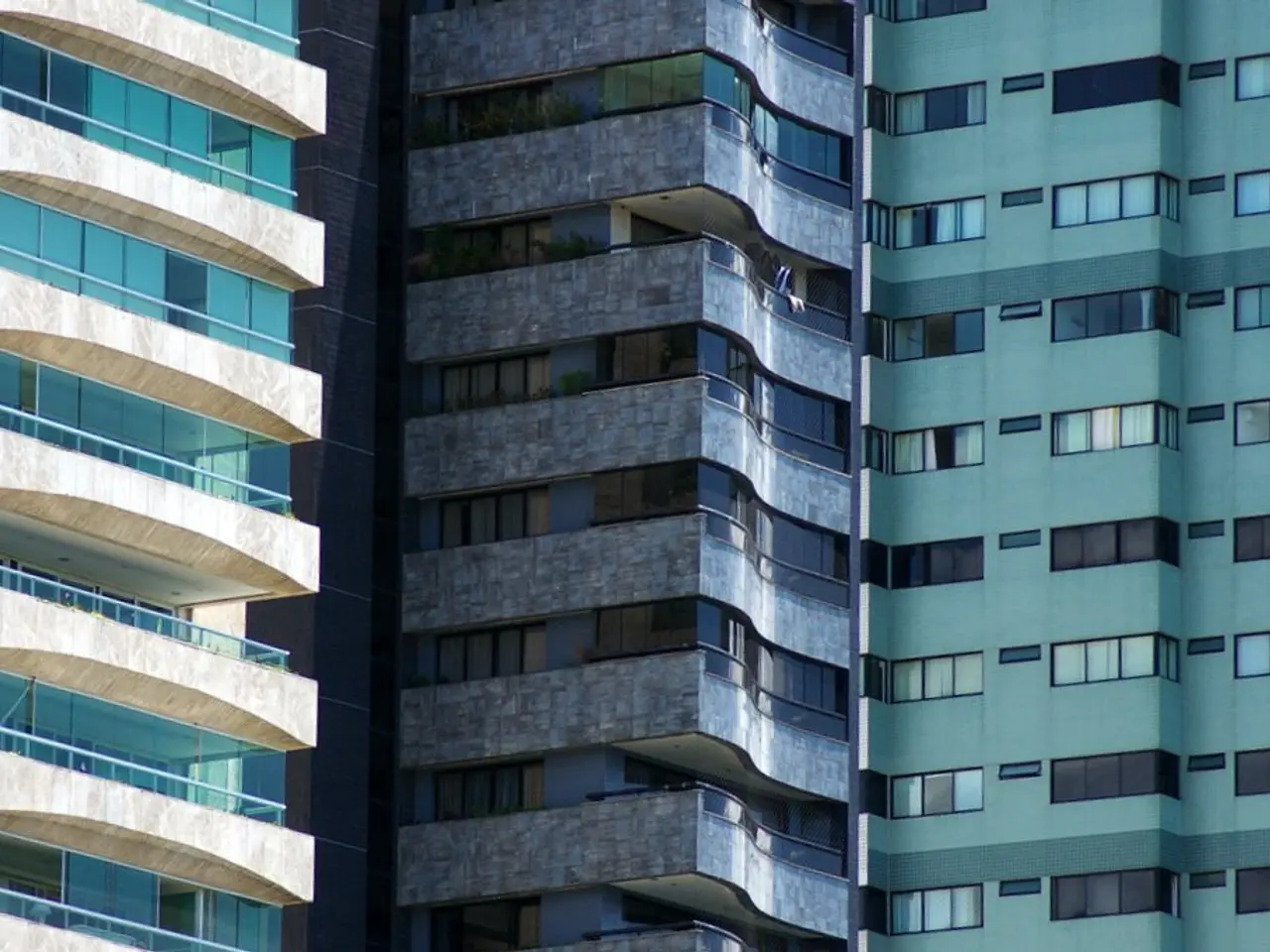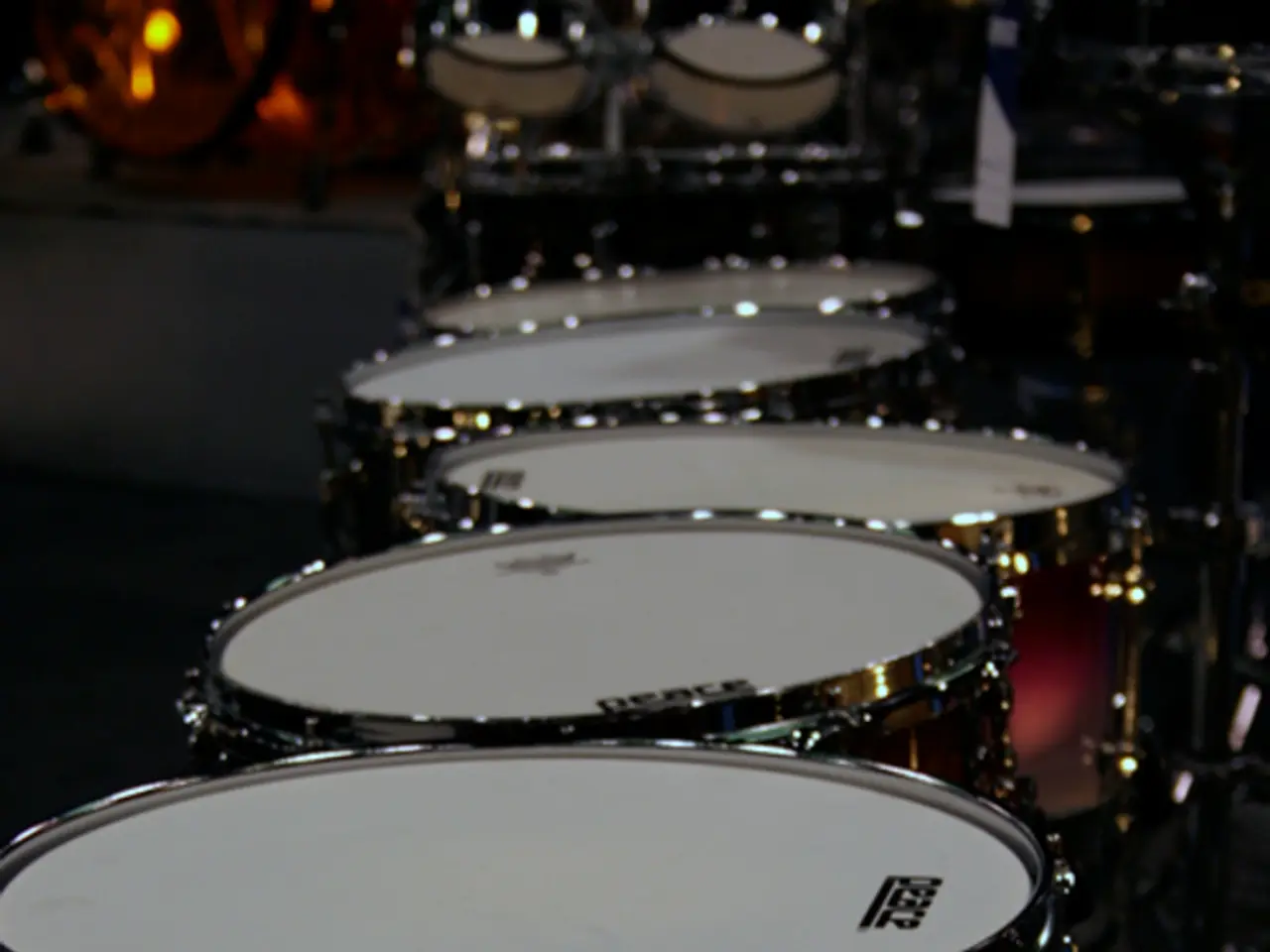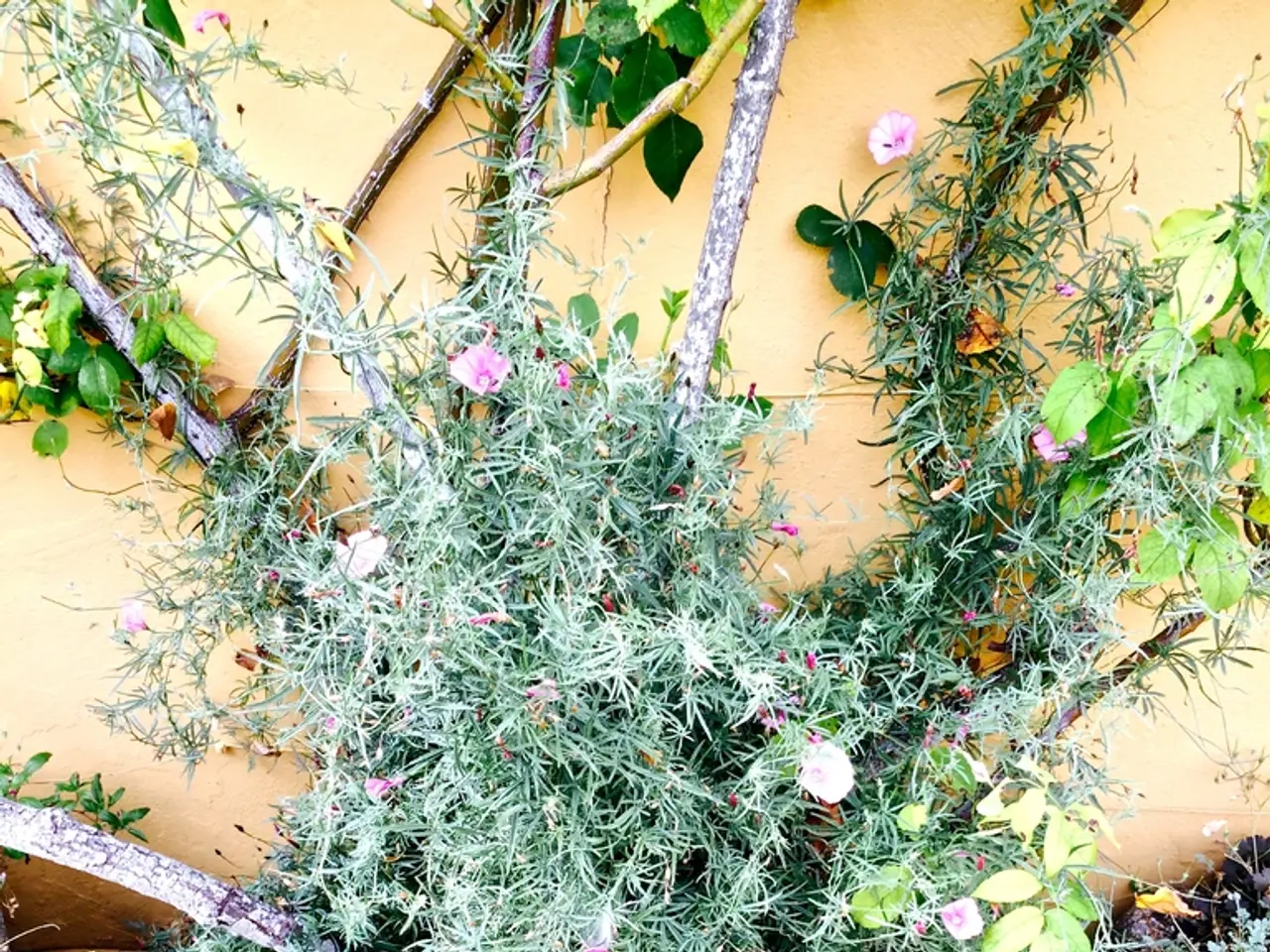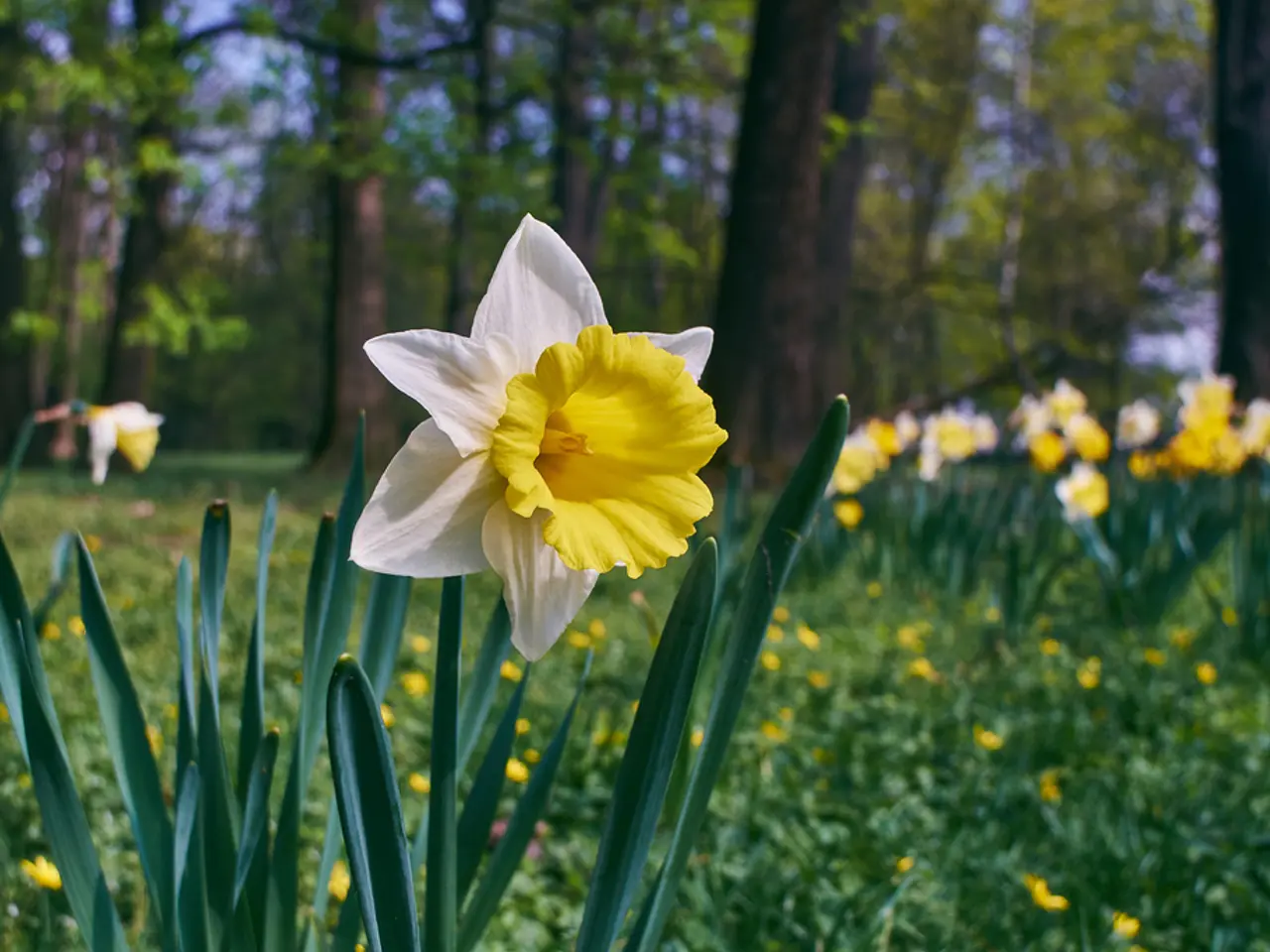Building a Bioactive Terrarium (Vivarium) - Do-It-Yourself Instructions
In the realm of terrarium hobbyists, creating a bioactive terrarium has become increasingly popular. This self-sustaining miniature ecosystem not only offers a visually stunning display but also provides a natural habitat for plants and small animals. Here's a comprehensive guide on how to build a bioactive terrarium, drawing on expert advice and popular DIY techniques.
## Key Steps to Building a Bioactive Terrarium
**1. Selecting the Container**
Choose a clear, waterproof container such as a glass aquarium, terrarium, vivarium, or custom-built enclosure. For most hobbyists, a standard glass tank (e.g., 10-gallon or larger) works well, but for smaller setups, jars or plastic storage boxes can be used. The size of the container should match the intended occupants and plants; larger enclosures offer more stability and complexity. Additionally, ensure easy access for maintenance and planting—look for front-opening or top-access designs.
**2. Foundation and Drainage Layer**
The drainage layer prevents waterlogged soil and supports healthy root growth. Use a layer of hydroton (expanded clay pebbles), gravel, or lava rock at the bottom. A mesh or screen divider (often fiberglass or plastic) separates this layer from the substrate to prevent mixing. The thickness of the drainage layer should be 1–2 inches, depending on the enclosure size.
**3. Substrate**
The substrate supports plant roots, retains moisture, and hosts beneficial microorganisms. Use a quality bioactive soil mix such as Terra Fauna, Bioshot, or a custom blend with organic topsoil, coco coir, peat moss, and horticultural charcoal for improved drainage and aeration. At least 2–3 inches deep for most setups.
**4. Hardscape Elements**
Provides structure, climbing opportunities, and visual interest. Use cork bark, driftwood, rocks, slate, or bamboo for perches and hides. Arrange hardscape to mimic natural habitats—vertical elements for geckos or arboreal species, flat rocks for basking, and hiding spots for shy animals. Ensure all hardscape is secure and avoid sharp edges.
**5. Plants**
Plants contribute to oxygenation, humidity regulation, and naturalistic aesthetics. Select species that thrive in high humidity and low/medium light, such as pothos, ficus, bromeliads, ferns, and mosses. For Crested Gecko enclosures, include robust foliage for climbing and hiding. Space plants to allow growth and airflow, and group by moisture needs if possible.
**6. Bioactive Accents**
These elements help maintain a healthy ecosystem. Add a “clean-up crew” of springtails and isopods, which break down waste and prevent mold. Include leaf litter, sphagnum moss, or bark for natural decomposition and shelter for microfauna. Small ponds, waterfalls, or misting systems can enhance humidity and aesthetics, especially for tropical or semi-aquatic species.
## Example Quick Setup Guide
1. Place drainage layer material at the bottom of the enclosure. 2. Add a mesh/screen divider over the drainage layer. 3. Add 2–3 inches of bioactive substrate mix. 4. Position hardscape such as cork bark, rocks, or bamboo. 5. Plant selected species, ensuring good root contact with substrate. 6. Add bioactive accents: leaf litter, moss, and clean-up crew organisms. 7. Mist the enclosure for initial humidity, and introduce lighting/heating as needed.
## Summary Table
| Component | Recommendations/Options | |---------------------|-------------------------------------------------------------| | Container | Glass tank, vivarium, jar, or custom enclosure | | Drainage Layer | Hydroton, lava rock, or gravel; mesh divider | | Substrate | Terra Fauna, Bioshot, or custom soil mix | | Hardscape | Cork bark, driftwood, bamboo, rocks | | Plants | Pothos, bromeliads, ferns, mosses | | Bioactive Accents | Springtails, isopods, leaf litter, sphagnum moss, ponds |
By following these steps, you can create a thriving, self-cleaning bioactive terrarium that resembles a natural habitat and requires minimal maintenance. Finding safe, compatible plants is a priority when housing a terrarium pet to ensure they are not toxic to the species of reptile. Plants must naturally match the requirements of the animal, tropical terrarium plants for dart frogs or arid plants for bearded dragons. Checking out the Bioactive Terrarium collection on the store can provide all the necessary bioactive bugs, terrarium accents, and organic building blocks to start an ecosystem. Giving plants a thorough rinse, quarantine, and inspection before adding them to the enclosure is recommended to prevent unwanted contaminants. Springtails are a popular choice for bioactive terrarium bugs due to their ability to munch on mold and fit in any sized terrarium with minimal care. Softwoods, such as cholla wood and spiderwood, are nutritious for bioactive terrarium bugs and also add visual appeal to the terrarium. Bigger containers are recommended for bioactive environments to house a colony of bioactive bugs. Charcoal, earthworm castings, and orchid bark are key ingredients for a bioactive substrate, providing necessary fertile grounds.
- To further enhance the health and wellness aspects of your bioactive terrarium, consider incorporating certain medical-condition-friendly plants that are safe for terrarium pets, such as snake-safe snake plants or cat-safe peace lilies.
- For those seeking a more lifestyle-oriented twist, you can integrate fashion-and-beauty elements, like colorful or decorative stones for a more stylish bioactive substrate, or unique and decorative hardscape items such as resin-cast leaves or even miniature artistic sculptures.
- In the realm of technology and home-and-garden, create smart landscapes by installing automated misting systems to maintain optimal humidity levels, or even build a self-watering mechanism using a DIY electronic watering kit for low-maintenance convenience.




